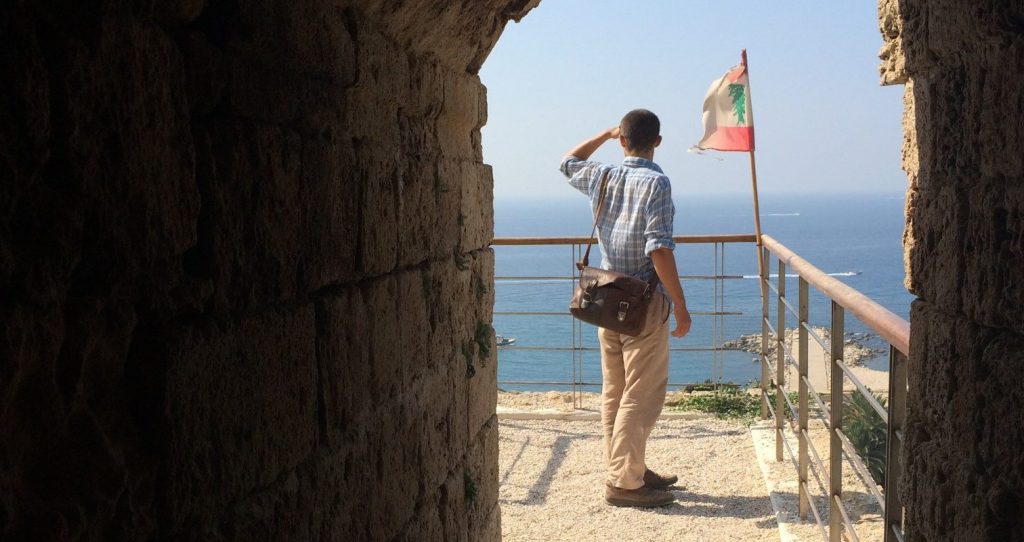My charming little room has a fridge and a sink but no stove. The cafés, bless them, sell cheese pies. The flaky feta pie has classic appeal, but the doughier gouda pie turns out to be markedly superior. There’s also a gyro joint, a hangout for local boys in sleeveless denim jackets that serves a mean souvlaki, wrapped in a thick pita, piled with tzatziki, veggies, a sprinkle of thyme, and—the blissful kicker—a pile of fries. Mostly, though, I dine in. The foundation of these meals is bread and I go daily to the village bakery, a decidedly utilitarian establishment. There’s nothing you could call a display case. Just bags of flour, a bank of ovens, some cooling racks. If my timing’s right, the loaf is still warm as I tuck it under my arm and head for the market. The market in Pyrgos is all-purpose. Shampoo, butane, or a shower curtain, this is your spot. I’m there for the food. Despite the legend of this country’s yogurt, I miss the Lebanese stuff, but still, I keep plenty on hand, mostly to mix with local honey and a strange bag of grains masquerading as cereal. Produce is cheap and delicious and I lay in whatever I can eat fresh. Tomatoes and cucumbers and apples and grapes and bananas and clementines. The last are local and sweet and I’m usually peeling a second as I’m finishing the first. A few other veggies work in pickled form, notably beets. This also seems a good time to experiment with tinned seafood. I alternate among squid, good old sardines, and something marketed (unwisely but honestly) as musky octopus. At the deli counter I get blocks of feta, sliced turkey, and scoop after scoop of kalamata olives, which have a wicked and satisfying tang. Once home, much of this can be assembled into sandwiches, of course, but it’s also satisfying to throw a little of everything on a plate, start ripping off hunks of bread, and build each bite a la carte. Finally, desert. After briefly kidding myself with a 200-gram container, I’ve bowed to reality and bought the one-kilo drum of Nutella. Even more dangerous, though, are the sleeves of Papadopoulos brand cookies. They are habit forming and, as the sun goes down, they will call to you, in Greek but with utter clarity, from clear across the village.

